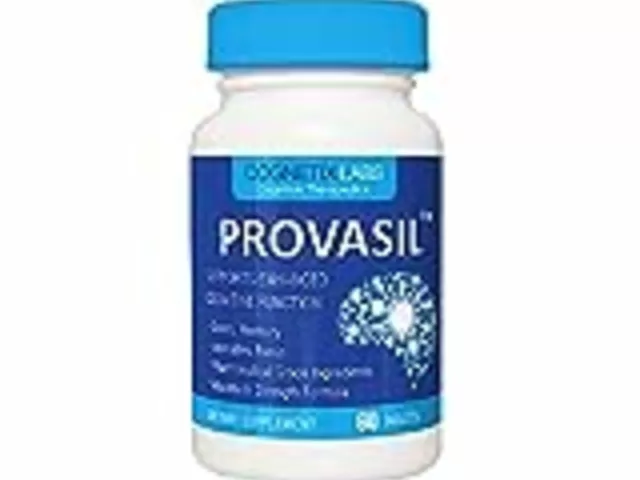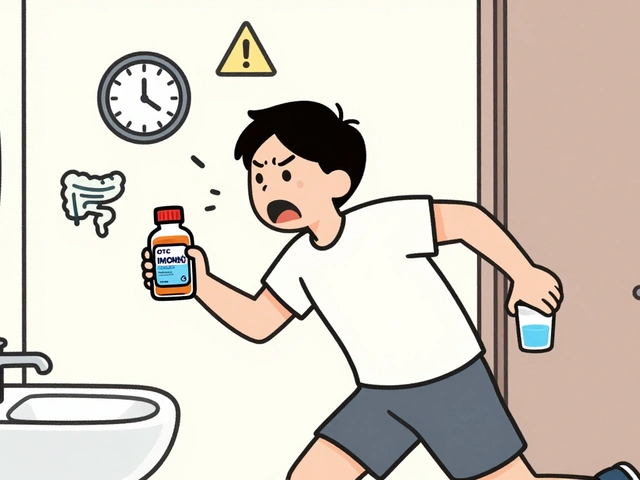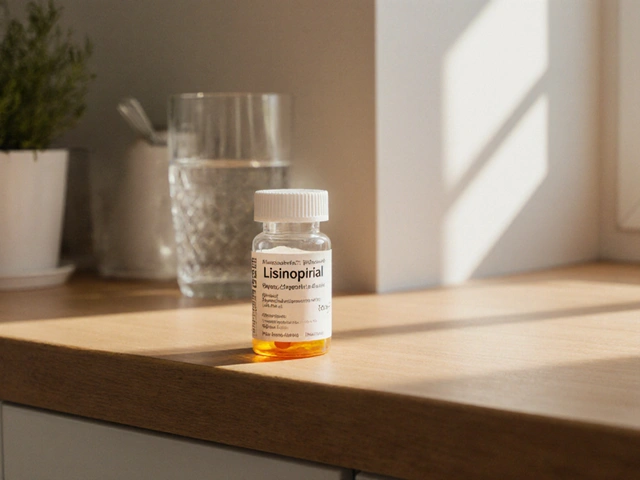Vitamin D: What You Really Need to Know
Want better energy, stronger bones, and fewer sick days? Vitamin D plays a big role in all three. This short guide explains how to check your levels, where to get vitamin D, how much to take, and what to watch out for — in plain language.
Why vitamin D matters
Vitamin D helps your body absorb calcium, keeps your immune system working well, and supports muscle function. Low levels link to tiredness, more infections, and weaker bones. Many people have too little, especially in winter, if they work indoors, or if they have darker skin.
Doctors measure vitamin D with a 25-hydroxyvitamin D blood test. Numbers below 20 ng/mL usually mean deficiency. Levels between 20 and 30 ng/mL are low. Most experts aim for 30 to 50 ng/mL for general health.
Where to get vitamin D and how much to take
Sunlight is the easiest source. Short daily sun exposure — about 10 to 30 minutes on face and arms a few times a week — can help, depending on your skin tone, location, and season. Sunscreen and clouds cut production, so many people still need food or supplements.
Food sources include fatty fish like salmon or mackerel, egg yolks, and fortified milk or orange juice. Food alone rarely covers the need, so supplements are common.
Typical daily intakes:
- Adults: 600 to 800 IU is the official daily recommendation for many age groups.
- Many adults take 1000 to 2000 IU daily to maintain healthy levels — this is safe for most people.
- If your test shows deficiency, doctors often prescribe higher doses, like 50,000 IU once weekly for a short period, then switch to a maintenance dose.
The upper safe limit for most adults is about 4000 IU per day unless a doctor prescribes more. Taking very high doses for a long time can cause too much calcium and health problems.
Vitamin D3 (cholecalciferol) works better than D2 for raising blood levels. Look for D3 supplements unless your doctor advises otherwise.
Watch out for interactions. Some medications — steroids, certain seizure drugs, and weight-loss medicines that affect fat absorption — can lower vitamin D. If you take these, mention them when you get tested.
How often to test? If you start supplements or have risk factors, test after 8 to 12 weeks to see the change. Once stable, yearly tests are enough for most people.
Quick checklist: get a 25-hydroxyvitamin D test if you feel tired, have frequent infections, bone pain, or risk factors; try safe sun exposure; eat vitamin D foods; consider 1000 to 2000 IU daily if you can't meet needs naturally; and talk to your doctor before high-dose therapy.
Want help choosing a supplement or understanding your test result? Ask your healthcare provider — they can give a plan that fits your health and lifestyle.

In my recent research, I discovered an interesting connection between Calcipotriol and Vitamin D. Calcipotriol, a synthetic derivative of Vitamin D, is commonly used to treat psoriasis by promoting normal skin cell growth. This link highlights the importance of Vitamin D in maintaining healthy skin and preventing skin conditions. It's fascinating to see how a compound derived from a vitamin we often associate with bone health plays such a crucial role in skincare. So, next time you're out in the sun, remember that you're not just strengthening your bones, but also taking care of your skin!






